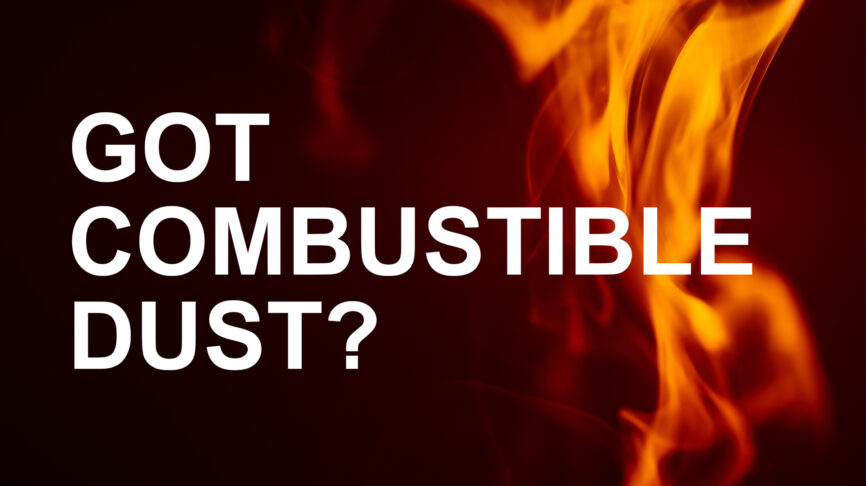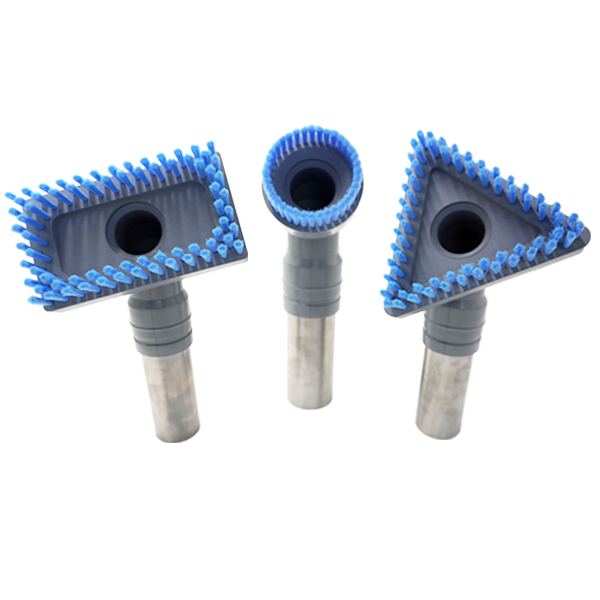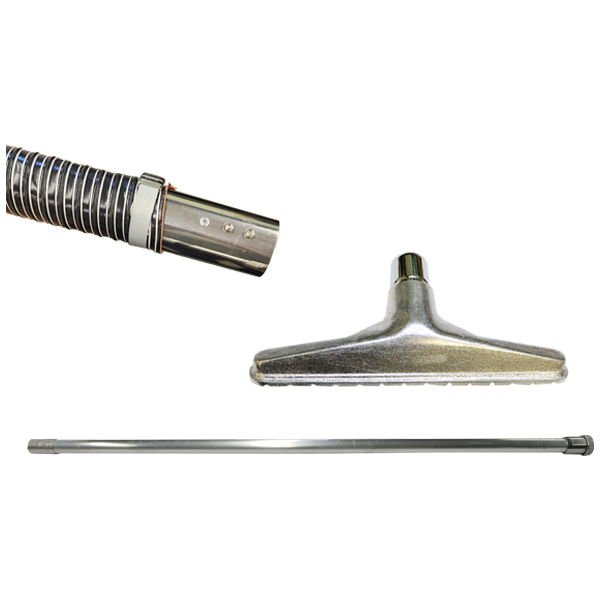Overview
Keep Your Process Area Clean with a Ruwac.
NEED HELP CHOOSING THE PROPER VACUUM?
Is your dust combustible?
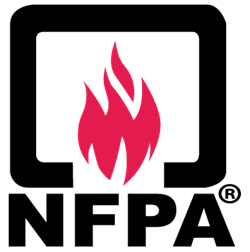 NFPA Standard 652-2019 – combustible dust includes finely divided combustible particulate solids that present a flash-fire or explosion hazard when suspended in air.
NFPA Standard 652-2019 – combustible dust includes finely divided combustible particulate solids that present a flash-fire or explosion hazard when suspended in air.
COMBUSTIBLE PARTICULATE SOLIDS: dusts, fibers, fines, chips, chunks, and flakes.
Terminology:
Combustible dust generally refers to powders, fines, and fibers. Particulate smaller than 500 Microns, approximately the size of white granulated sugar.
NFPA 70 (NEC) Hazardous Locations Class II, Groups
E – Combustible metal dusts: aluminum, commercial alloys, and magnesium
F – Combustible carbonaceous dusts: carbon black, charcoal, coal, and coke dusts
G – Other combustible dusts: chemicals, flour, grain, plastic, and wood
Is your atmosphere classified?
 Terminology:
Terminology:
Class defines the general nature (or properties) of the hazardous material in the surrounding atmosphere.
Division defines the probability of the hazardous material being present in an ignitable concentration in the surrounding atmosphere.
Group defines the type of the hazardous material in the surrounding atmosphere.
Still need help understanding?
Specifications
*Specs subject to change without notice
NATURE OF HAZARDOUS MATERIAL
| Class I: | Class II: |
|---|---|
| Hazardous because flammable gases or vapors are present (or may be present) in quantities sufficient to produce explosive or ignitable mixtures. | Hazardous because combustible or conductive dusts are present (or may be present) in quantities sufficient to produce explosive or ignitable mixtures. |
PROBABILITY OF HAZARDOUS MATERIAL
| Div 1: | Div 2 : |
|---|---|
| The substance referred to by class has a high probability of producing an explosive or ignitable mixture due to it being present continuously, intermittently, or periodically or from the equipment itself under normal operating conditions. | The substance referred to by class has a low probability of producing an explosive or ignitable mixture and is present only during abnormal conditions for a short period of time – such as a container failure or system breakdown. |
Features and Benefits

How much combustible dust is present?

1. Ordinary Locations, Unclassified Atmosphere
• Trace amounts
• Rare occasional small spills
• Combustible dust is highly diluted with noncombustible dust
• No visible dust or chance of airborne dust present
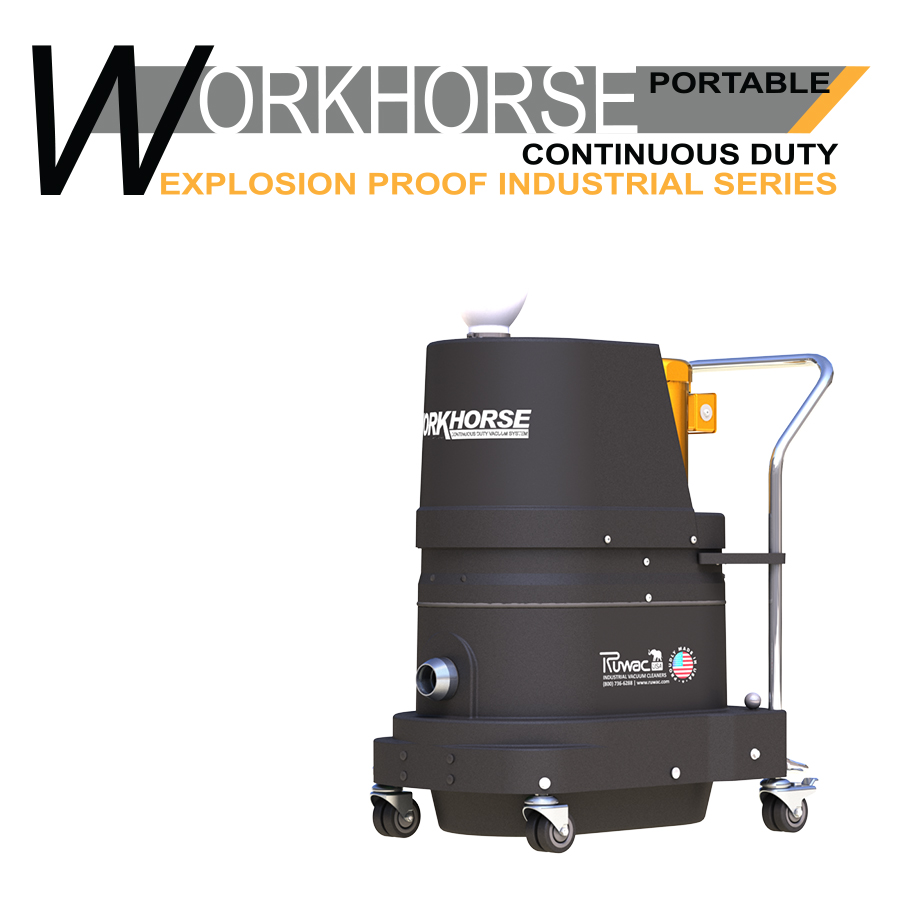
2. Class II, Division 2, Group F & G
• Potential for larger amounts of dust
• Occasional medium size spills
• Higher concentration of combustible dust
• Visible dust is present and the potential for airborne dust is present

3. Class II, Division 1, Group F & G
• Large amounts of dust always present
• Occasional large spills
• Pure combustible dust or dust with higher Kst
• Visible dust is present and airborne dust is present
• If your atmosphere is rated for either Class I, Class II, Division 1

4. Class II, Division 1, Group E
• Safe collection of Group E materials
• Certified for the safe recovery of Group E metal fines by submerging 100% of the intake air in a liquid bath
Options
*Specs subject to change without notice


